Pilgrimage-tour in historical sights of Andijan region
One of the oldest region of Uzbekistan Andijan region takes great attention of many tourist who interested in the history of Ferghana valley. It was here that the great descendant of Timur, the founder of the Mughal Empire, poet and statesman Zahiriddin Muhammad Bobur was born. Andijan region is famous not only for its famous sights, natural beauty, but also for unique monuments of Islamic traditions and objects worthy of a pilgrimage tour.
We offer you to take a short trip to the little-known sights of Andijan region, which tell about the rich history and culture of the region.
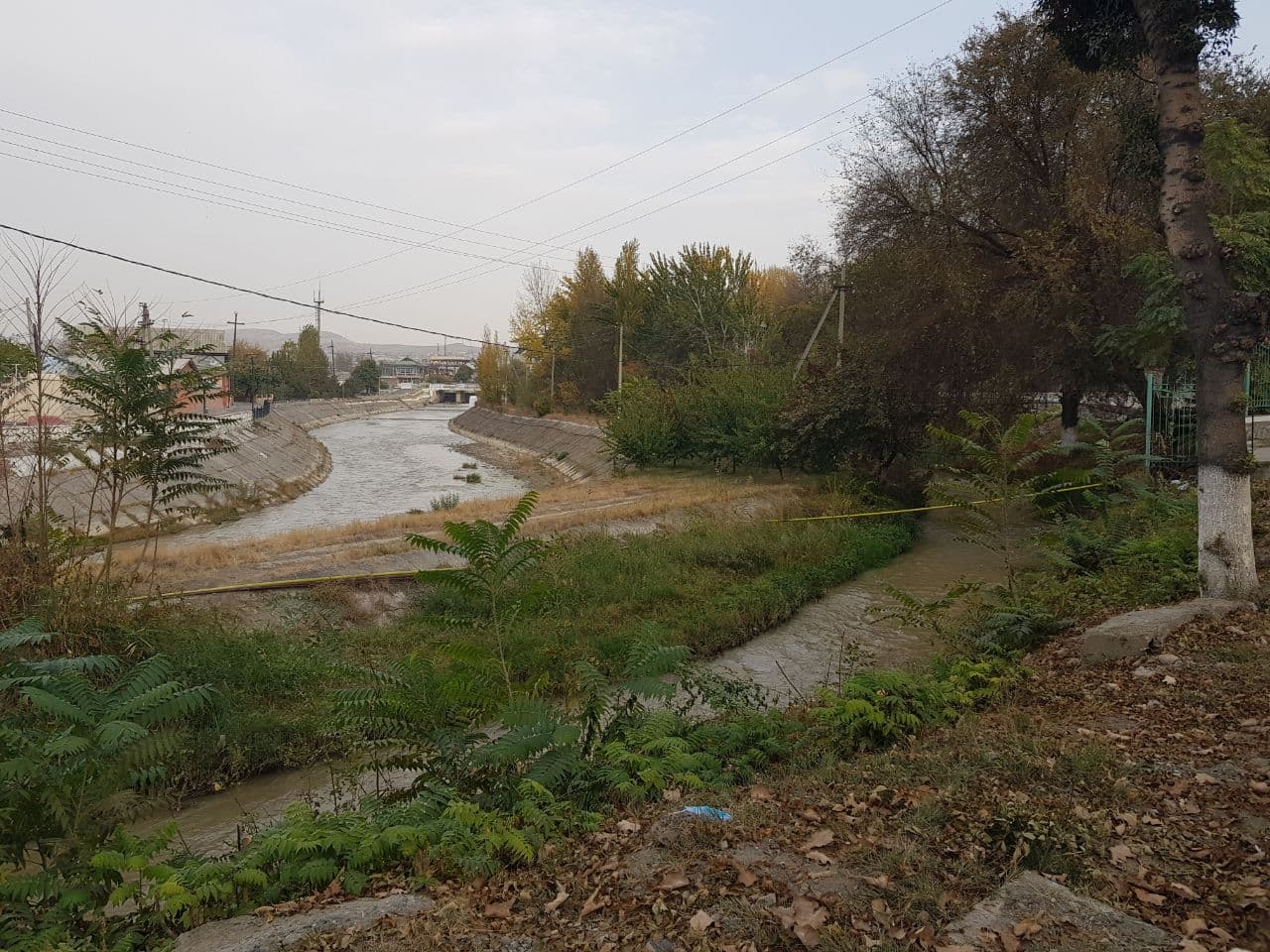
Sayyid Muhyiddin Makhdum Madrasah
This is the only Islamic spiritual and educational institution of Andijan region located in the village of Jalabek, Altynkul district. One of the largest madrasahs in the Ferghana Valley was founded in 1992 in honor of Sayyid Muhyiddin Makhdum (1874-1943), a famous Andijan educator who served as the main Modarres in the largest cathedral mosque of Andijan at that time.
In 1925, the venerable domla Sayyid Muhyiddin Makhdoom received the title of spiritual leader in East Turkestan in the Kashgar region of western China. After devoting his entire life to Islamic studies, he died in Andijan province at the age of 63.
Since its foundation, the building has operated in an unfinished room of 18 rooms. In 1996, the building was renovated by the local population and was a 2-storey building consisting of 13 classrooms, 13 local dormitories. In 2001, the construction of a modern three-stored building of the educational institution began, which was completed in 2003. The building is built with elements of Oriental and Islamic architecture, with modern infrastructure, computer classes, language laboratories, chemistry and biology classes, a hall for celebrations and a modern hostel, a large dining room. An additional building was built in 2004.
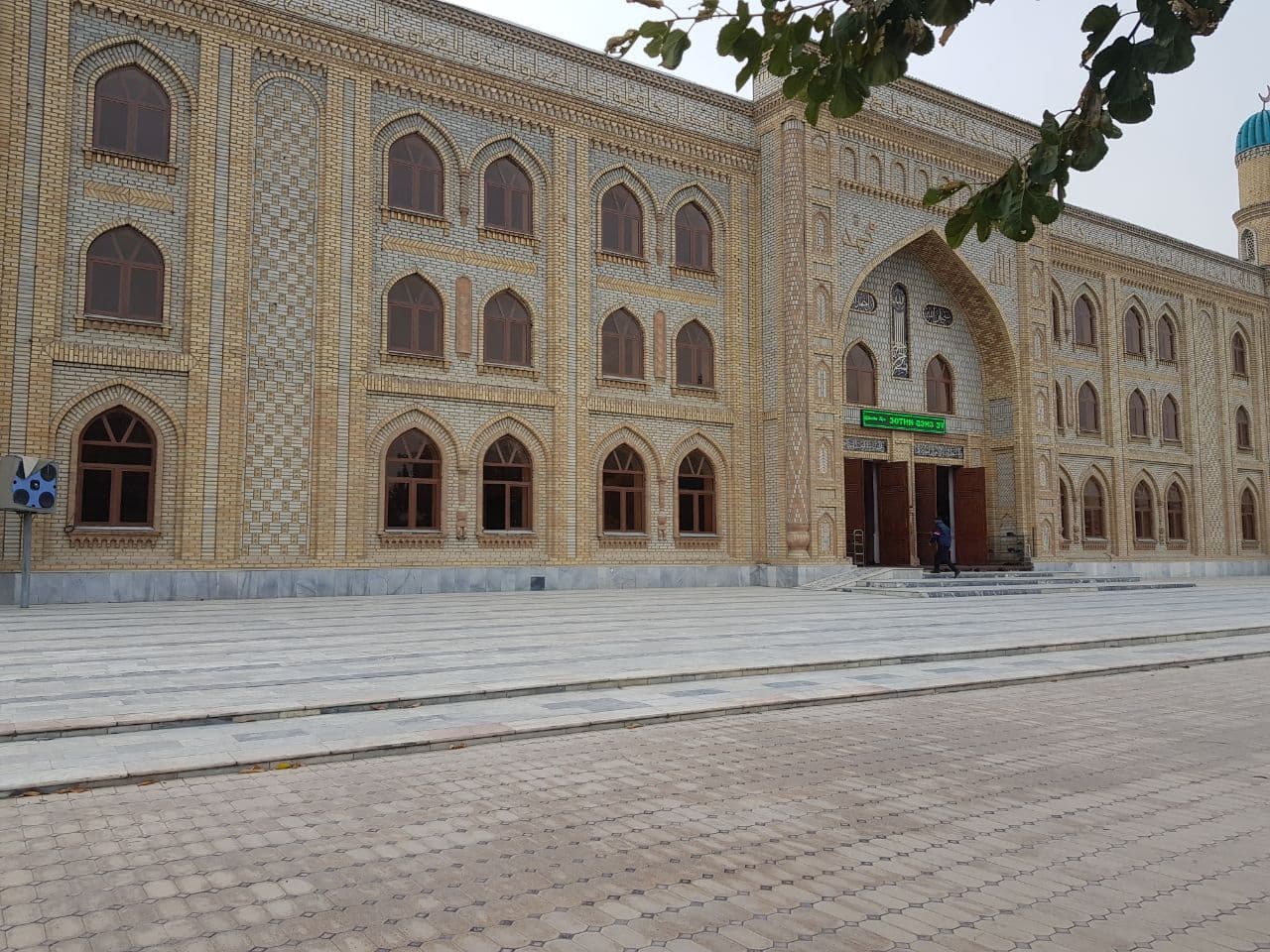
The madrasah has a rich Islamic and secular library, as well as a modern information center. There is also a small mosque attached to the educational and spiritual institution. Islamic education in madrasahs includes the study of the basics of Islam-hadith, tafsir, fiqh, tajwid and other Islamic disciplines.
In March 2017, more than 1,000 students graduated from this educational institution, now working as teachers, mullahs, imam-khatibs, muhaddis in various spiritual and educational institutions throughout the country.
Sarbon-tepa archaeological site (8th-6th centuries BC)
One of the most famous ancient archaeological sites of the Andijan region, dating back to the Iron Age, Sarbon-tepa is located in the north-western part of the city center of Andijan at the intersection of Tutzor and Suzhaat streets.
The first excavations of the ancient settlement were carried out in the 60-70 years of the XX century. Then the first cultural layers were discovered, dating back to the 5th-8th centuries BC.
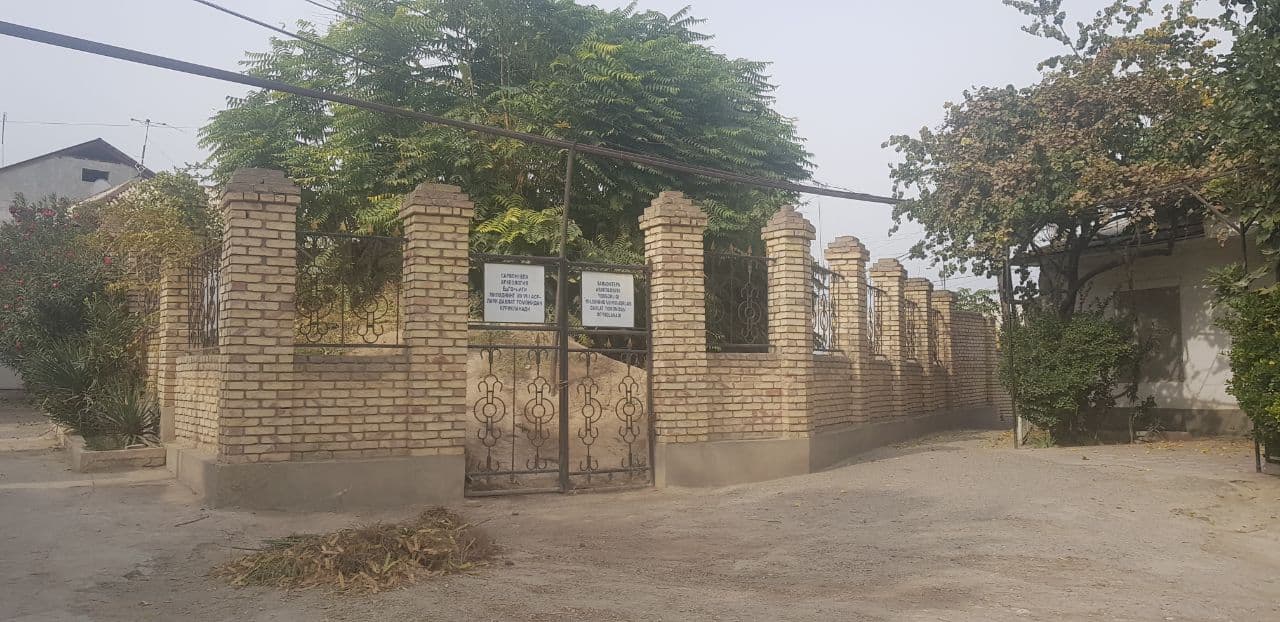
In 2001, a small group of scientists conducted excavations here, as a result of which cultural layers and clay products and stone tools belonging to the primitive period of human life were discovered.
According to archaeological research, Sarbon- tepa was a large area, approximately 1 hectare. The monument dates from the beginning of the Iron Age (6-4 centuries BC) and is part of the Eilaton cultural center. The study of the Sarbon-tepa complex is very important when studying the history of the Ferghana Valley. To date, the territory of the ancient archaeological site is surrounded by a wall and is included in the list of specially protected areas related to the ancient history of the Andijan region.
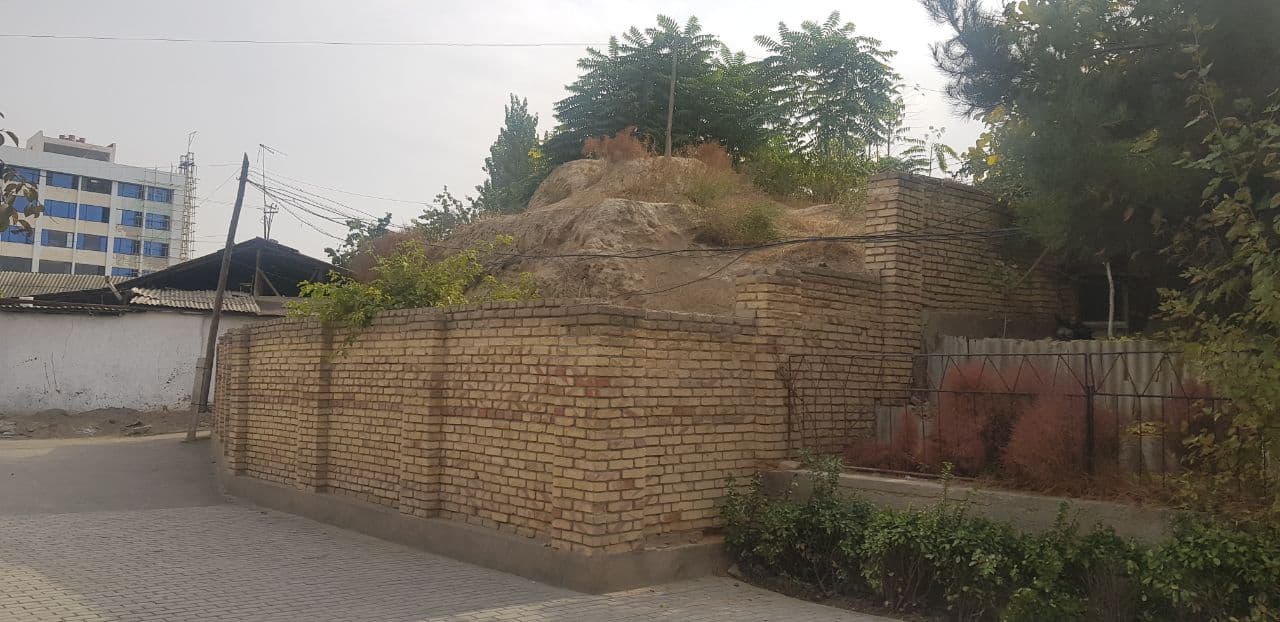
Honako Mosque in Andijan (XV-XVI centuries)
Honako Mosque is a monument of Islamic architecture, the history of the foundation of which dates back to the XV-XVI centuries, or to be more precise, to 1560. Mosque and Honako located on the territory of Jalabek district, 5 km from the centre of Andijan. The building consists of a decorated dome, honakah, indoor and outdoor terraces and minarets.
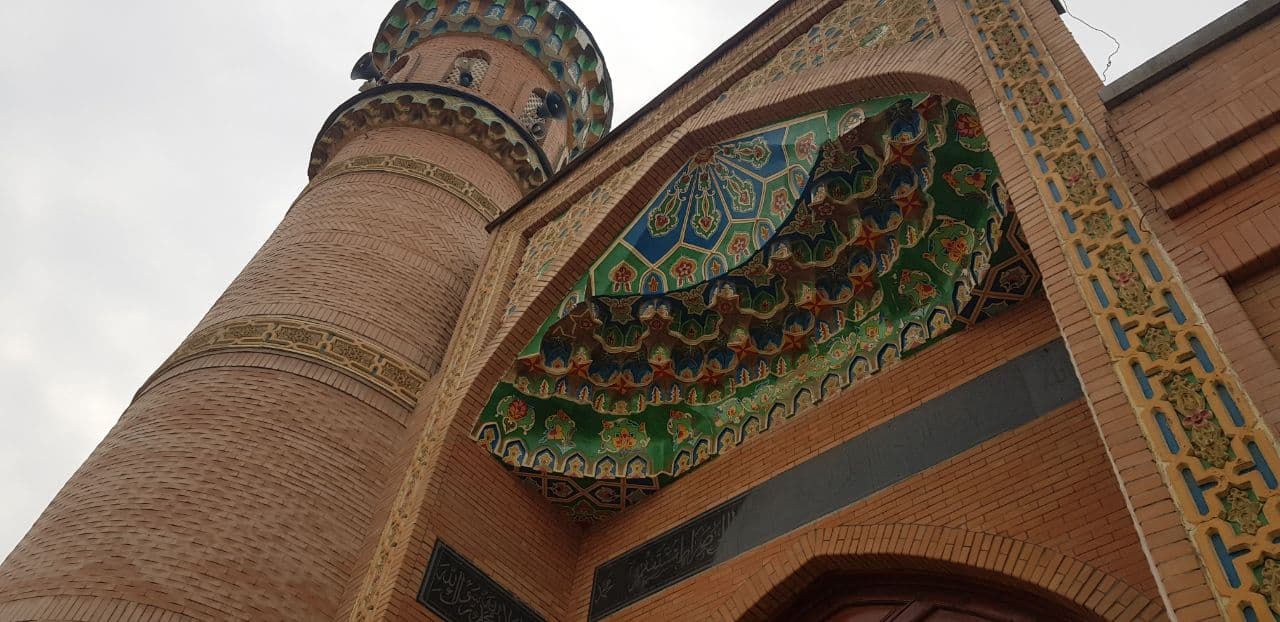
The mosque was built facing east in old Guzar. In front of the mosque is a 15-16-meter patterned tower, to the left of the building where the old cemetery is located, it stands side by side with the main door of the building. The inner courtyard of the mosque consists of two-story cells decorated with ornamental flowers and poppy patterns dating back to the 16th and 17th centuries, and in the summer months, visitors to the mosque can enjoy the fresh coolness of a small pond. The interior of terrace consists of a rectangular room and three side rows of columns. The foundation of the mosque's columns is octagonal, decorated with fine carvings and ornamental patterns and mosaics.
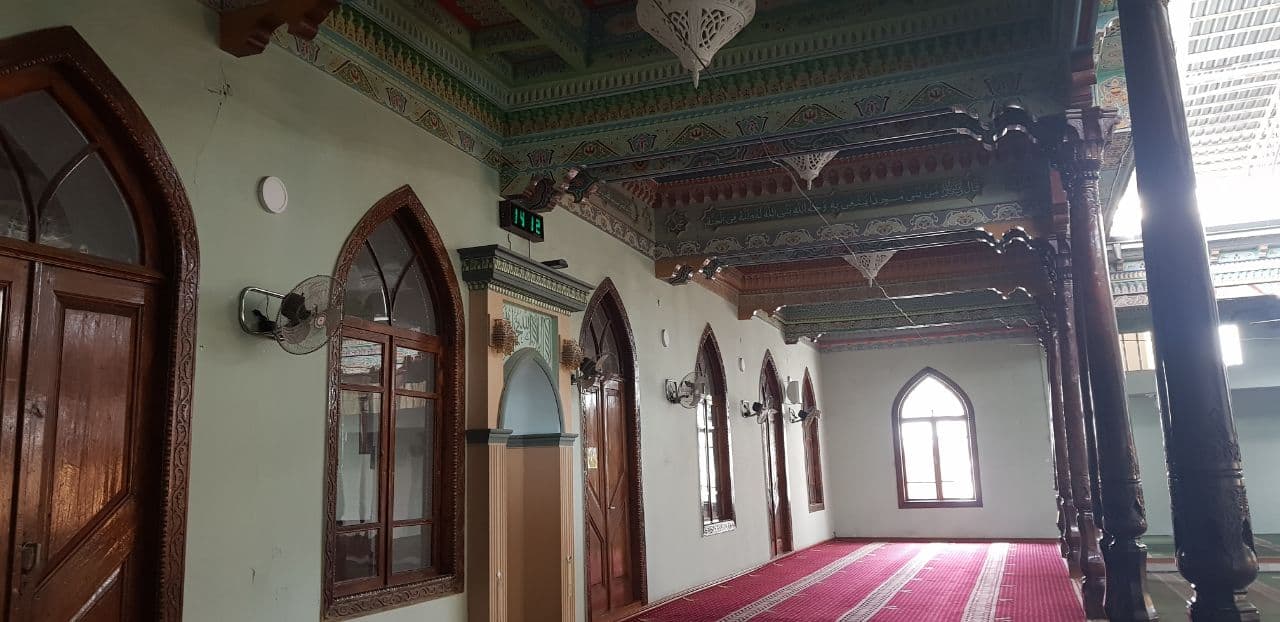
On the territory of the complex there are all conditions for a ziyarat tour, and also here you can visit the ancient archaeological site "Kush-Tepa", dating from the 3rd-8th centuries BC, also located on the territory of the Jalabek district.
The mausoleum of Khoja Abdullah Tug’dor (XVIII century)
The mausoleum and complex of Khoja Abdullah Tug’dor is located in the Central city park in Asaka, near Shakhrikhan stream. According to historical information, the capital of the Karakhanid state of Yezgen was located here in the VII century.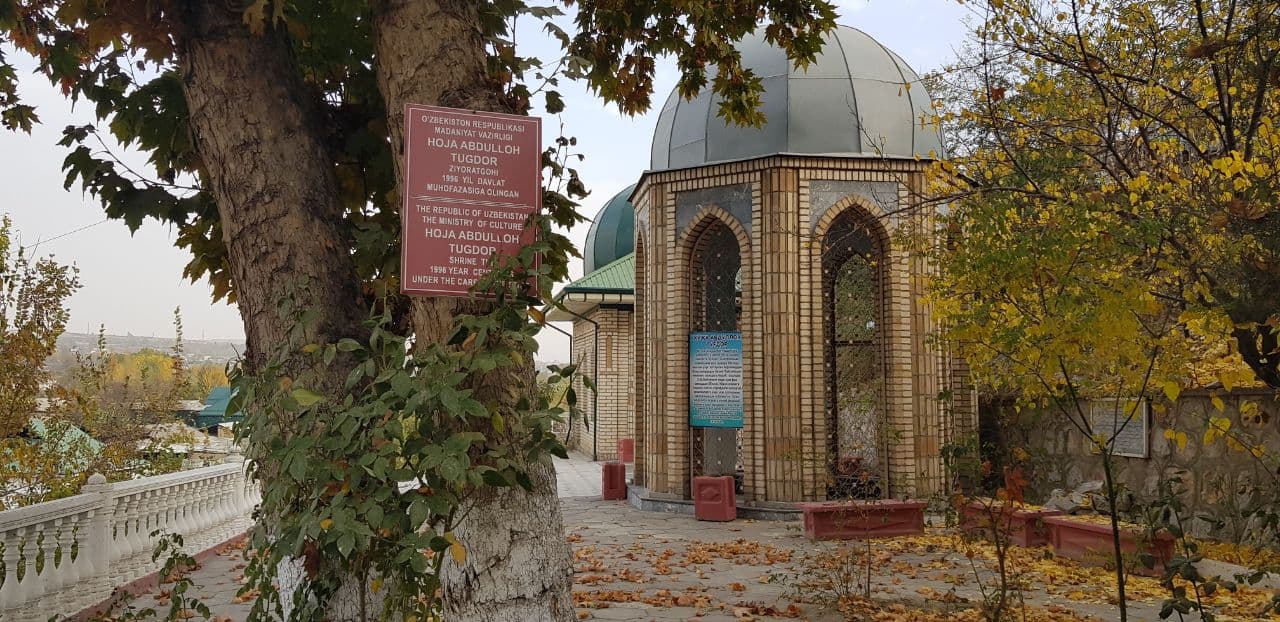
The historical work "Baburname" mentions the representatives of a respected family of Seyids, descended from the Prophet Muhammad (SAW), Burhaniddin Kilich. His family was also related to Babur himself. When the Kokand Khanate was formed, the descendants of this family were sent to all the neighboring regions and villages. Among them was Khoja Abdullah Tug’dor. Arriving in Asaka and settling there, he began to preach the philosophy of Islam among the local population. Khoja Abdullah Tug’dor buried in cemetery of Pista Mazar in the city of Asaka in about 1840. Here is the unique mausoleum of the great Islamic educator.
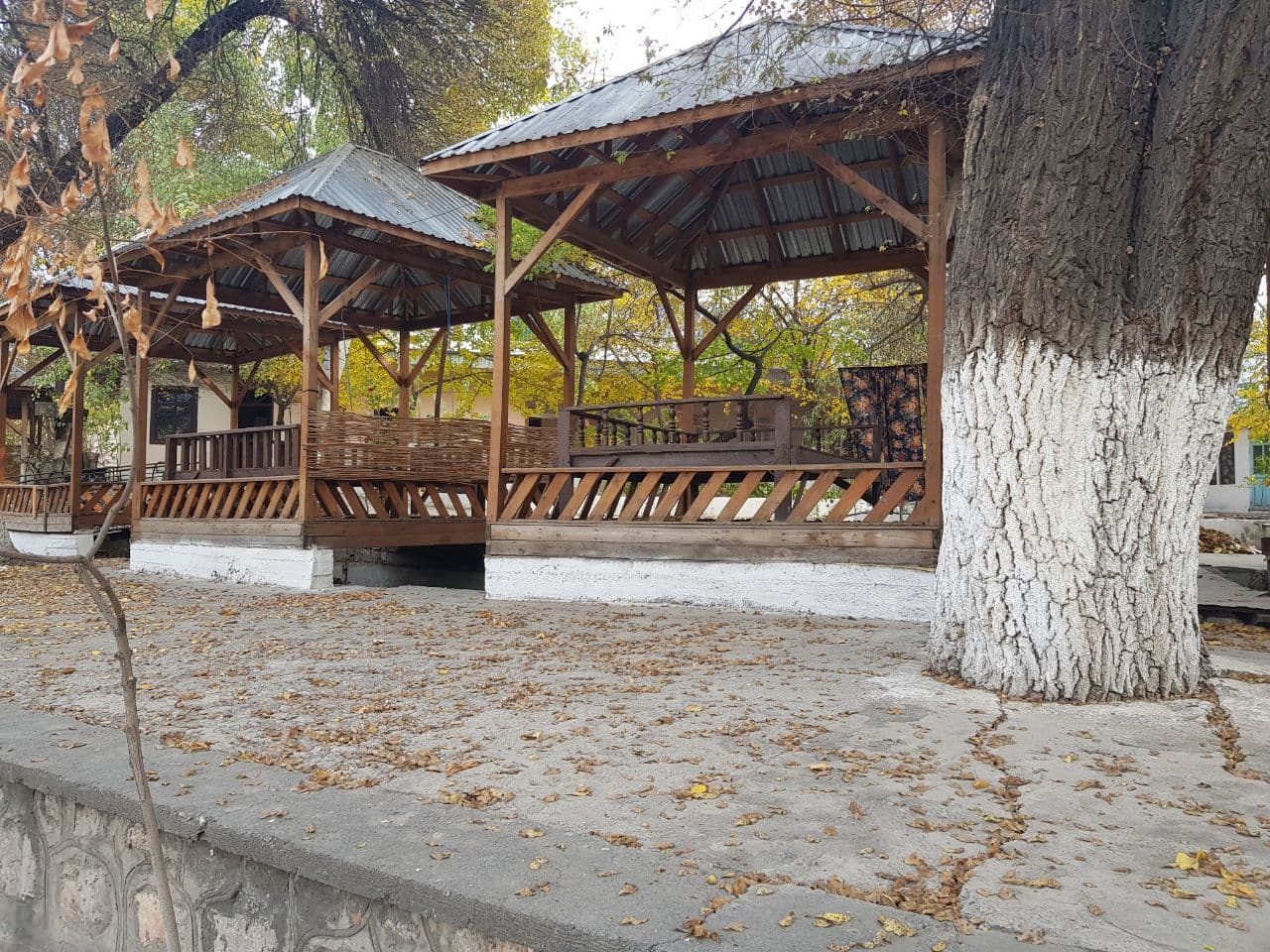
Otakuzi madrassah – old mosque on the water
The old Otakuzi madrassah is located in the Pakhtaabad district of Andijan region. The majestic building is 115 years old. The uniqueness of this madrasah is that it is almost located on the water, under the walls of the building flows a canal. The madrasah is named after a local ruler Khoja Ota-Kuzi or Kuzibay-ota. Kuzibay ota was a wealthy man, and at the same time considered the enlightenment one of the components of the foundations of Islam. Kozibay-ota has decided to build at his own expense a large madrasah.
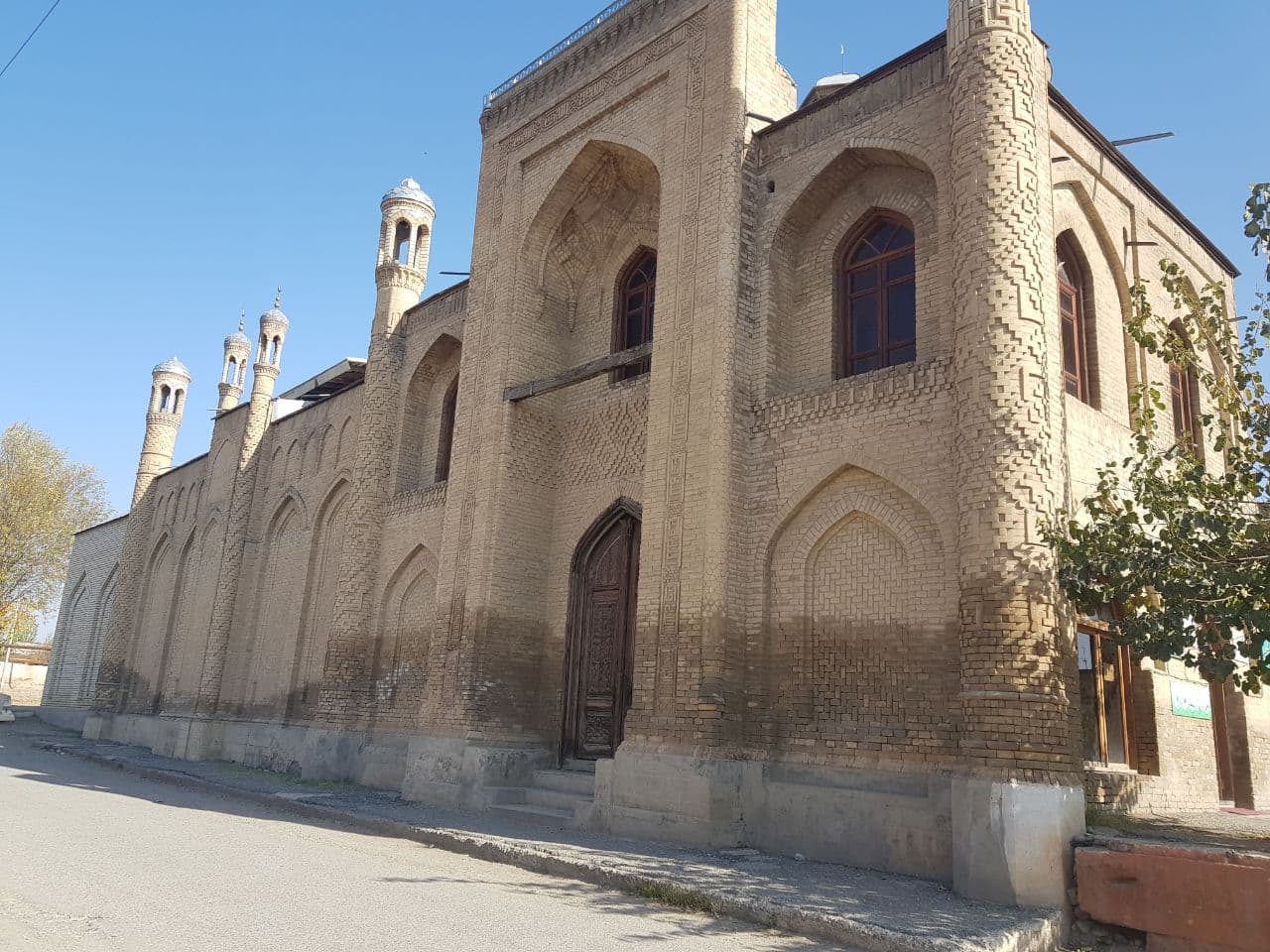
Today, the building of the madrasah has been converted into a mosque. Tourists do not know much about this object, despite the fact that the amazing mosque has the status of a historical monument of architecture.
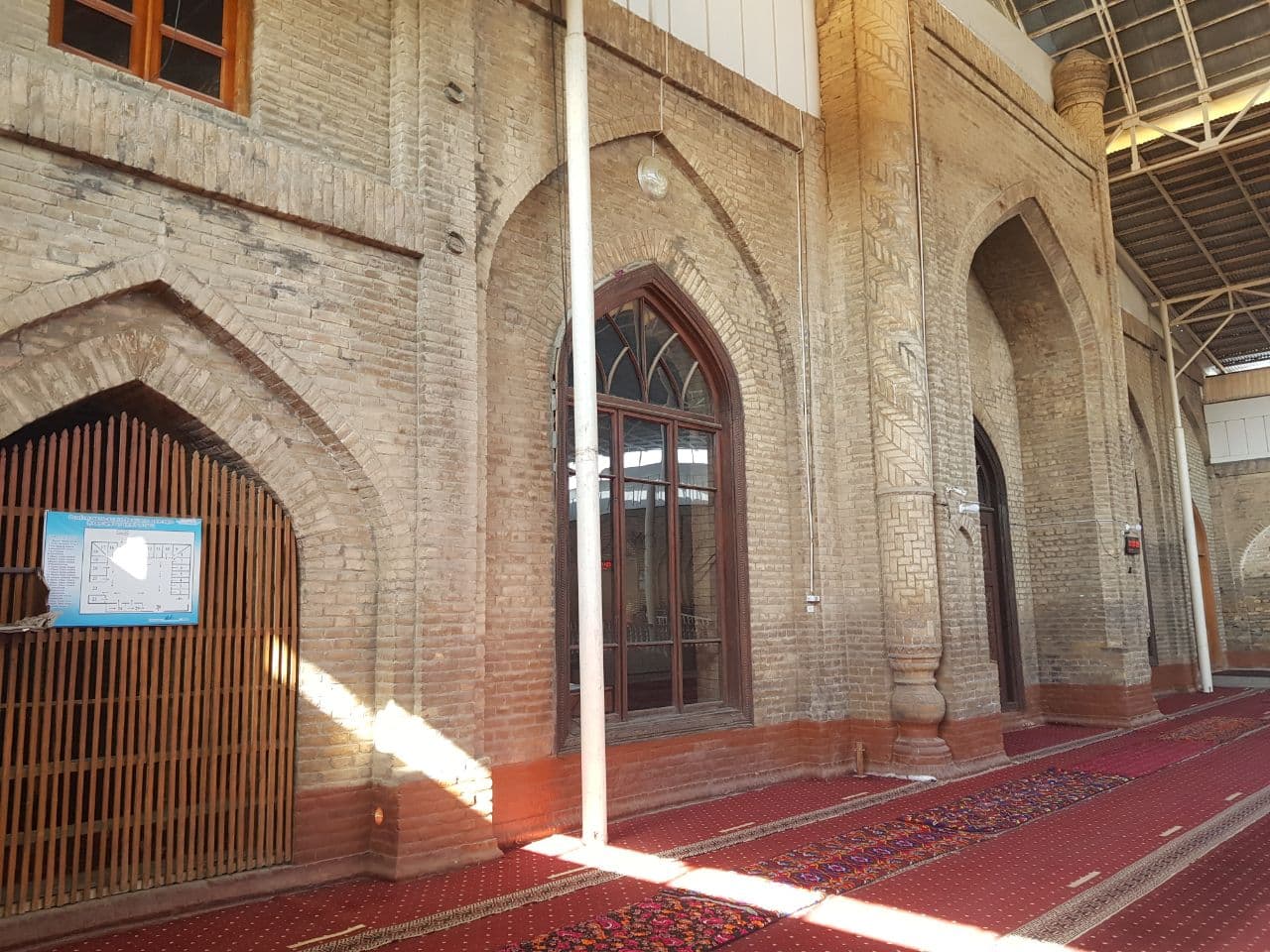
Ethnographic village of Kokand and Museum of Kori Zokir (XIX century)
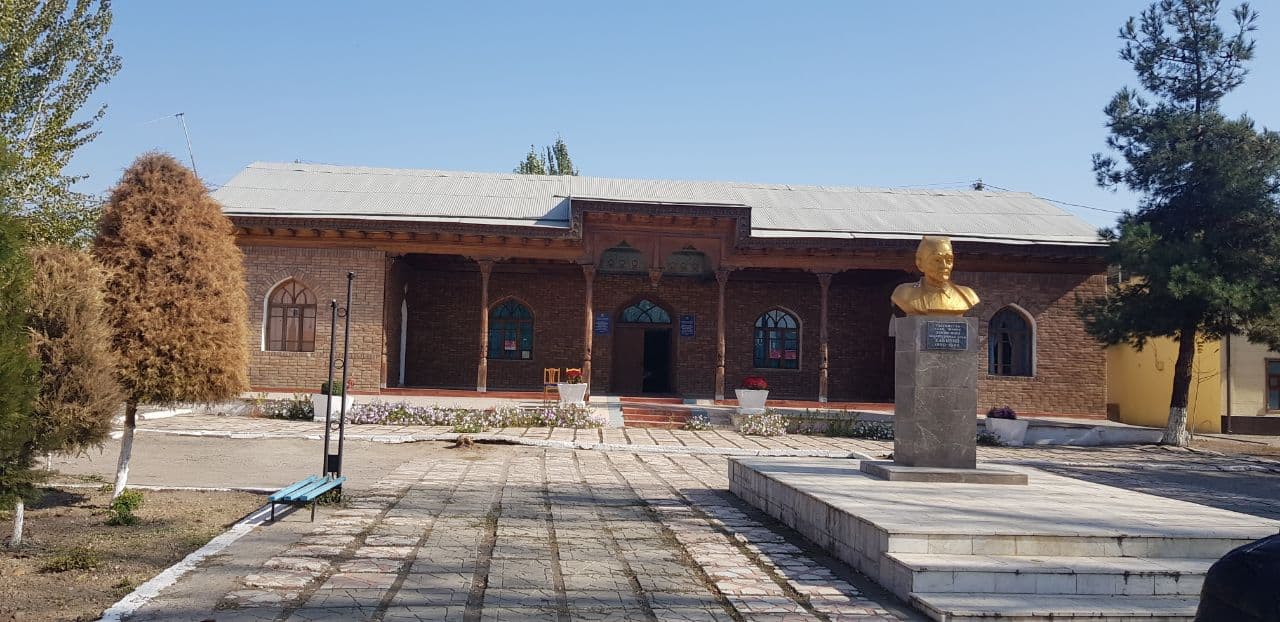
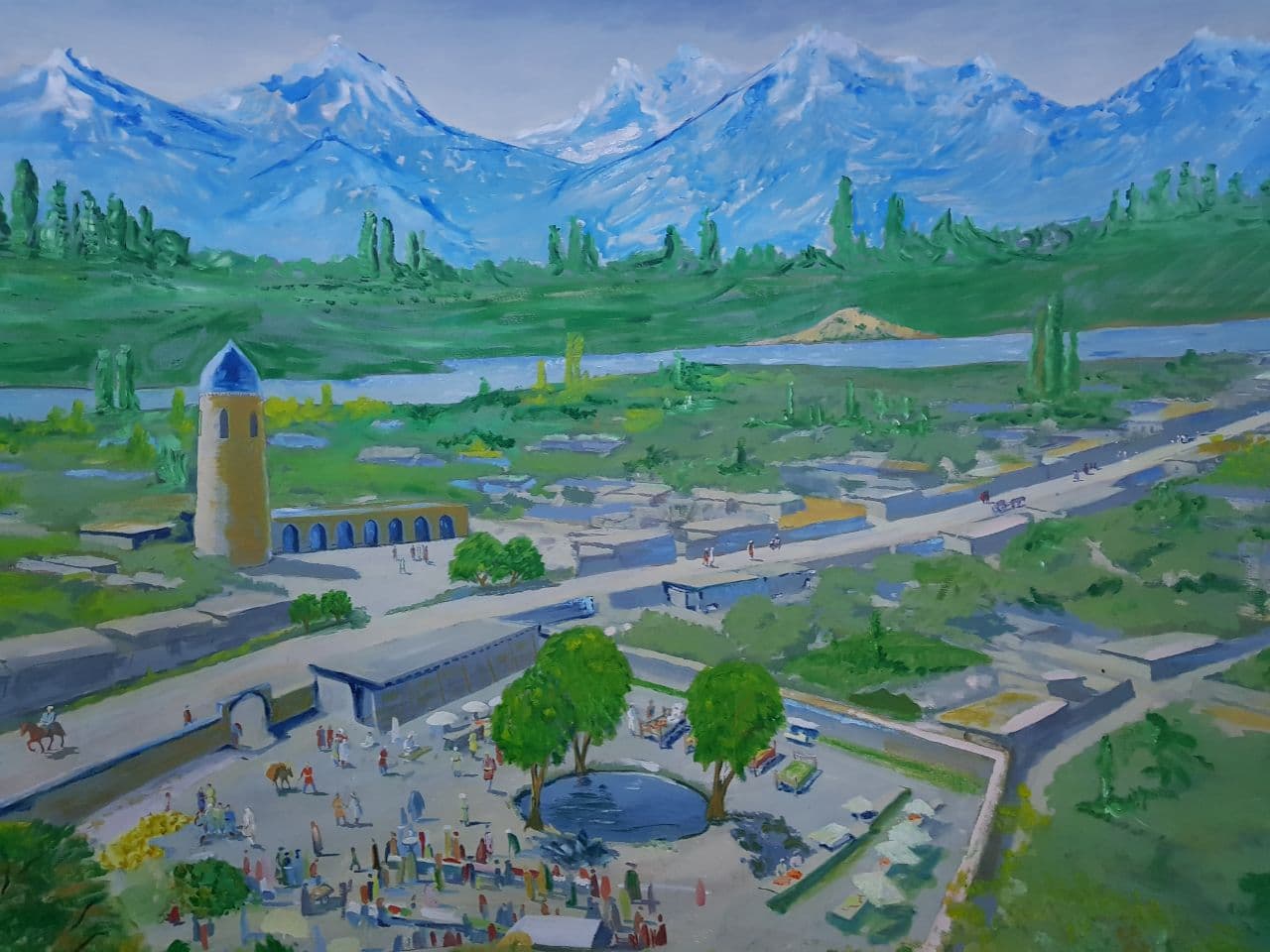
Photo source: Minor Tour
Leave a comment
By logging in, you agree to the processing personal data
See also
Workhours: 9:00-18:00, Mn-Fr
For any questions
Uzbekistan


 UZB
UZB RUS
RUS JPN
JPN ARA
ARA FRA
FRA CN
CN DE
DE POR
POR ESP
ESP TUR
TUR ITA
ITA HIN
HIN MAL
MAL





A comment
Я счастлива что все это есть на сайте не надо искать ,, спасибо большое вы мне помогли ,, но про Фергану мало информации и о мавзолеях
Светлана Барбашева благодарим вас за такой теплый отзыв!? Обязательно будем обновлять базу туристических объектов по Ферганской долине!